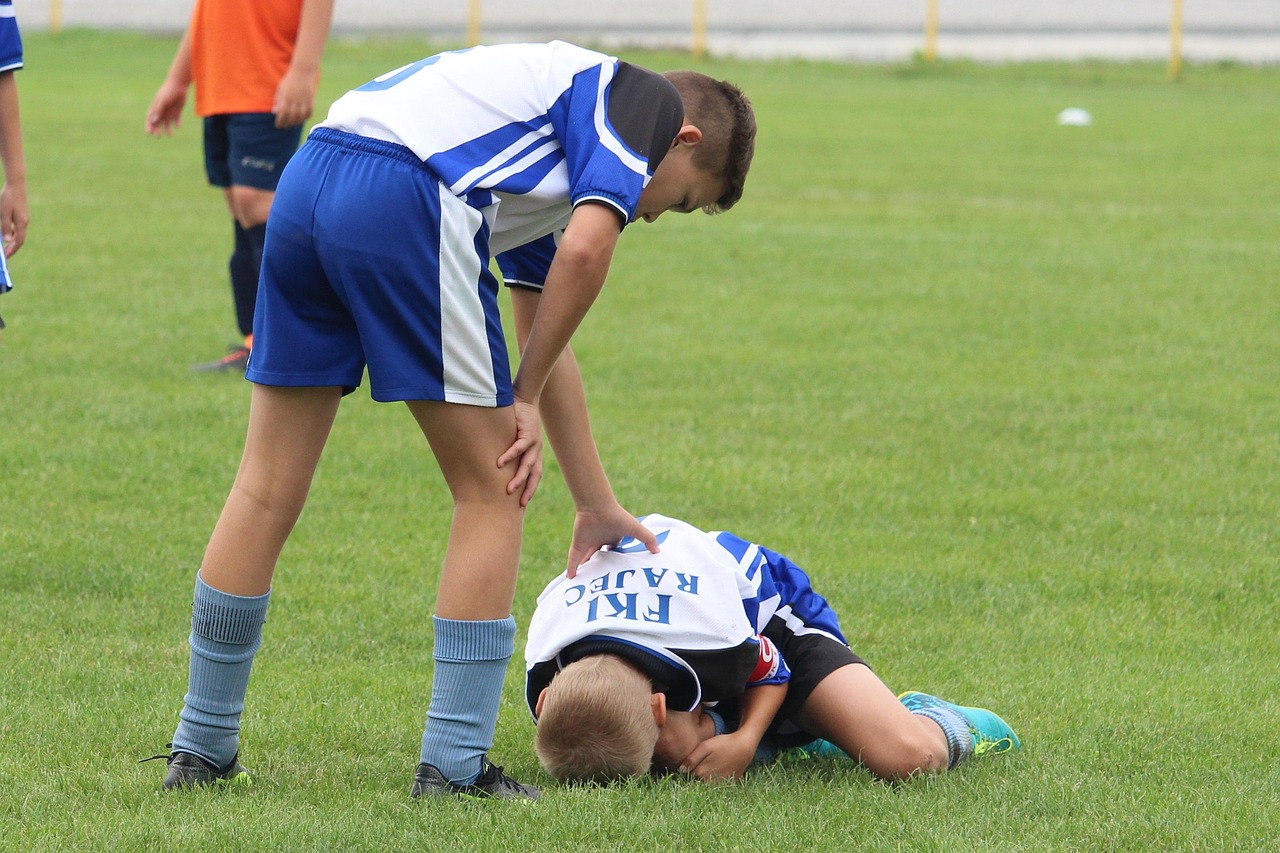
Injuries & Accidents in Mexico: Urgent Care Guidance for Travelers & Expats
Why Injury Care Matters for Travelers and Expats in Mexico
Mexico is renowned for its rich culture, outdoor adventures, and vibrant street life. Whether exploring ancient ruins in the Yucatán, riding scooters through Mexico City, surfing in Baja, or hiking in rural towns, injuries can happen. Cuts, sprains, burns, falls, or scooter accidents are among the most frequent reasons expatriates and travelers seek medical attention.
Urgent care clinics and private hospitals across Mexico often provide faster, cost-effective, and appropriate treatment for non-life-threatening injuries. Understanding when to use urgent care versus a hospital’s emergency room and what care you can expect can make all the difference.
National Injury Trends and Traveler Risks in Mexico
Road traffic injuries are a leading cause of unintentional injuries in Mexico, with about 12 million non-fatal crash-related injuries annually.
Motorcycle and scooter accidents account for nearly 15–20% of road injury hospital entries, especially among tourists renting scooters in beach towns.
Burns and cuts are common—street food vending, open-air cooking, and accidental contact with hot surfaces contribute regularly.
Falls and sprains frequently occur in uneven terrain or central Mexico’s lake towns like San Miguel de Allende and Taxco.
Heat-related injuries (heat exhaustion, dehydration) are common in places like Cancún, Mérida, and inland coastal plains.
Animal-related injuries, including insect bites and minor snake or dog bites, are more common in rural or jungle areas.
When to Use Urgent Care vs. an Emergency Room
Urgent Care is appropriate for:
Sprains, strains, non-deformed fractures
Minor deep cuts needing stitches
Superficial burns not covering large areas
Heat exhaustion or mild dehydration
Ant bites, insect stings, or allergic reactions without difficulty breathing
Emergency Room is required for:
Severe head injuries, loss of consciousness
Heavy uncontrolled bleeding or large burns
Deformed or open fractures
Chest pain, signs of internal injury or stroke
Snake bites, severe allergic reactions (anaphylaxis), or animal attacks
Injury Care in Mexico City
Mexico City has a vast network of hospitals and urgent care centers due to its size and traffic challenges.
Traffic and scooter accidents are common—especially in areas like Condesa, Roma, and Coyoacán.
Burns often occur in street markets, particularly during religious festivals featuring candle flames.
Falls happen frequently in hilly neighborhoods like La Condesa or Mexico City’s center due to uneven sidewalks and steps.
Where to Get Care
Private hospitals: Médica Sur, Hospital Ángeles, ABC Medical Center offer urgent care with imaging and orthopedic services.
Urgent care clinics: Walk-in centers in Polanco, Center, and Zona Rosa treat sprains, cuts, and dehydration.
Public hospitals: Available, but often crowded; travelers prefer private clinics for speed and convenience.
Injury Care in Cancún & the Riviera Maya
Cancún is popular for its beaches and watersports; this environment presents unique injury risks.
Scooter crashes are common in Playa del Carmen and Tulum due to tourist rentals and unfamiliar traffic laws.
Burns from sun exposure, campfires, and grills are frequent among beachgoers.
Water-related injuries, including surfboard hits or jellyfish stings, also occur.
Where to Get Care
Hospiten Cancún and Galenia Hospital are go-to private centers for resorts and tourists.
Beachside urgent clinics offer quick treatment and referrals; many staff speak English.
Pharmacies with clinics (Farmacias del Ahorro) can manage minor injuries and dehydration.
Injury Care in Guadalajara
Guadalajara combines urban life with mountainous surroundings and cultural festivals.
Falls and sprains are common during walking tours in colonial zones or festivals involving dancing and pogo events.
Burns occur at roadside taquerías where meals and sizzling griddles are visible.
Motorcycle accidents remain a moderate risk, especially among delivery drivers and commuters.
Where to Get Care
Private hospitals: Puerta de Hierro, Hospital San Javier, and CMQ Zapopan.
Clinics: In neighborhoods like Chapalita and Providencia, walk-in centers treat basic injuries and dehydration.
Pharmacies: Often adjacent to clinics; useful for bandages, antiseptics, and pain relief.
Injury Care in Tijuana
Tijuana’s nightlife, cross-border traffic, and medical tourism shape its injury landscape.
Nightlife-related injuries (falls, cuts, burns from street vendors) are common in central zones.
Pet bites and dog-related wounds sometimes occur in residential areas.
Scooter and motorcycle crashes happen near border crossings and transit routes.
Where to Get Care
Hospital Ángeles Tijuana and SIMNSA Hospital manage more serious injuries.
Border clinics just south of San Ysidro offer fast urgent care to U.S. residents.
Many clinics offer bilingual staff and English reports for ease.
What to Expect at an Urgent Care Visit
Triage and evaluation: A nurse assesses your injury.
Diagnostics: X-rays or wound checks are usually on-site.
Treatment: Stitches, splints, burn dressings, IV fluids, tetanus shots.
Pharmacy: Many clinics dispense medications; otherwise, nearby pharmacies fill prescriptions.
Documentation: You’ll receive an itemized receipt and medical note for insurance or personal records.
Cost of Injury Treatment in Mexico
Stitches (minor lacerations): 800–1,500 MXN (~$50–$85)
X-ray + cast/splint for a simple fracture: 2,000–4,500 MXN (~$115–$250)
Burn dressing and pain meds: 600–2,000 MXN (~$35–$115)
IV fluids for dehydration: 650–1,500 MXN (~$40–$85)
Private hospital urgent care visit: 3,000–7,000 MXN (~$175–$400)
Costs vary by city and acuity; public hospitals are cheaper but have longer waits.
Keeping Your Care Confidential
Private clinics and hospitals generally keep records confidential.
Cash payments are common for those concerned about privacy.
Ask for discharge summaries in English if needed for travel or insurance.
Prevention Tips to Avoid Injuries in Mexico
Wear closed-toe shoes on uneven terrain or historic sidewalks.
Ride scooters carefully; always wear a helmet if law allows it.
Use sunscreen and shade during midday in beach areas.
Practice caution around open flames, grills, and street food vendors.
Stay hydrated, especially in hot climates like Cancún or Guadalajara.
Key Takeaways
Injuries are among the top reasons travelers visit urgent care in Mexico.
Common causes include traffic, falls, burns, and dehydration.
Urgent care clinics (not ERs) are appropriate for most non-life-threatening injuries.
Costs are reasonable, and English-speaking care is widely available.
Prevention is critical—safe travel means planning for hazards before they happen.